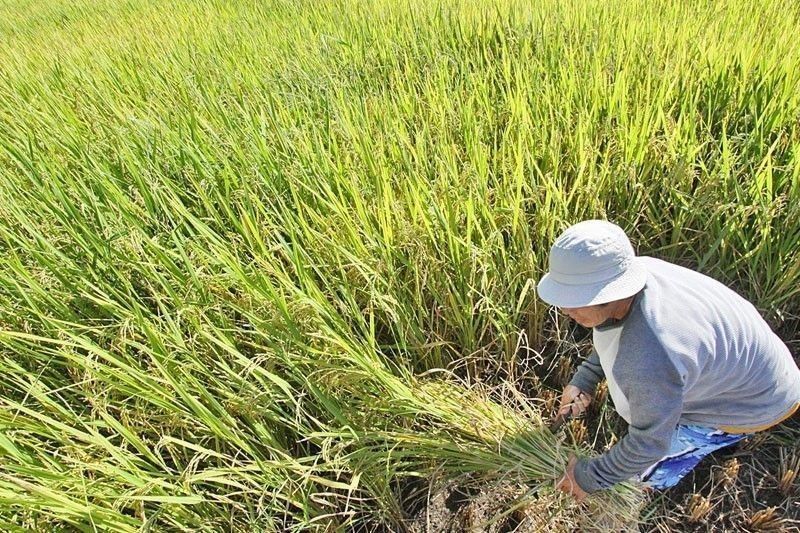P31 billion for 4Ps to be used for palay buying

MANILA, Philippines — The House of Representatives and the Senate have authorized the use of P31.046 billion in funds for millions of beneficiaries of the Pantawid Pamilyang Pilipino Program or 4Ps to be used for palay buying next year.
The authority is contained in a special provision the two chambers of Congress included in the proposed P4.1-trillion 2020 national budget, which the Office of the President is now reviewing.
The P31.046 billion is the rice subsidy portion of allocations for the more than 14 million poor Filipino households, which receive from P1,200 to P1,500 a month in cash from the government through the Department of Social Welfare and Development (DSWD). Of the monthly financial grant, P600 is for rice.
The special provision states, “However, when the price of palay drops to a critical level as determined and recommended by the Department of Agriculture, Department of Finance and National Economic and Development Authority, the DSWD may enter into a memorandum of agreement with the National Food Authority (NFA) for the purchase of rice for distribution to 4Ps beneficiaries.”
The agreement shall clearly stipulate the mechanism for distribution and monitoring of recipients, who will each receive 20 kilos of rice a month.
The P600 per beneficiary “shall include all administrative costs for the procurement and distribution of rice.”
Apparently, the intended scheme is for the NFA to buy palay from farmers, mill it and distribute it to 4Ps beneficiaries to prop up palay prices.
However, farmers’ groups said the use of the rice subsidy portion of 4Ps funds for palay buying is discretionary on the part of the DSWD, since the language of the special provision is only directory, instead of mandatory, even if prices of the farmers’ produce fall to record levels.
Congressmen with farmer-constituents have complained of low prices. For instance, Deputy Speaker Aurelio Gonzales Jr. has told his colleagues that in Pampanga’s third district, which he represents, farmers sold their produce in last month’s harvest at P9 per kilo, P4 lower than their production cost of P13.
He said in his district alone, rice farmers lost tens of millions.
“They will need assistance for the next cropping season in the first quarters of next year, not only in terms of cash grants but farm machineries and inputs like seeds and fertilizer as well,” he said.
The situation was apparently better in Isabela, one of the largest rice-producing provinces.
Gov. Rodolfo Albano III, a former congressman, told The STAR that palay-buying prices in his province had “stabilized in the P17 to P19-per-kilo range.”
“The NFA and the provincial government bought palay at those prices, forcing private traders to compete with us. We did not let prices go below production cost, or farmers will lose money and they may no longer plant rice,” he said.
He said Isabela bought palay and had it milled for distribution to its employees and donation to the DSWD and other agencies.
“We are also selling to other local government units and government offices. Provincial government procurement forced prices up. We are now preparing for the main harvest, which is the dry-season crop in the first quarter of 2020,” Albano said.
He added the provincial government is likewise readying price support mechanisms for the farmers’ corn harvest.
“Corn prices are also falling because of decreasing demand from the hog industry, which has been hit by African swine fever,” he stressed.
The NFA will have P7 billion for palay procurement for next year. In its version of the 2020 budget, the House augmented the fund by P3 billion, which was scrapped by the Senate when it approved the spending bill.
During the budget conference, the Senate prevailed in cutting the NFA procurement fund, diverting the P3 billion to the Department of Agriculture as cash aid to rice farmers.
- Latest
- Trending



























